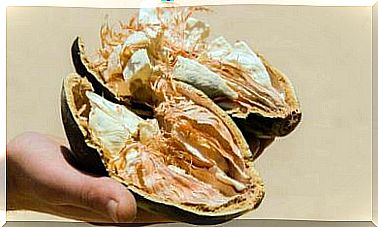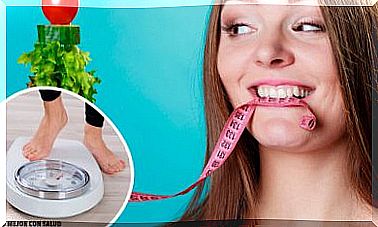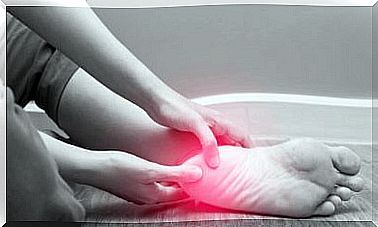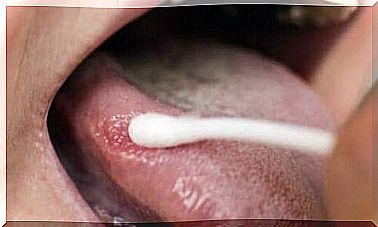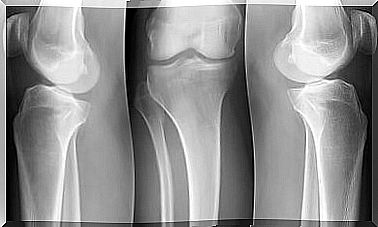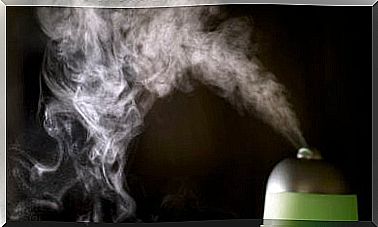Hip Osteoarthritis: What Is It And What Are Its Symptoms?
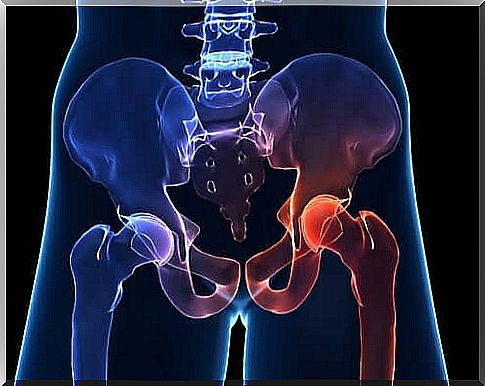
Hip osteoarthritis is the degeneration or wear and tear of the hyaline cartilage present at each end of a joint. This cartilage covers the joint to protect it from sliding one joint over another, as well as to cushion the load.
An imbalance due to trauma, genetic defect and even misuse of the joint diminishes the cartilage’s ability to retain water. This results in progressive wear of the joint until the bones deform. For this reason, there is pain and loss of mobility.
Causes and risk factors
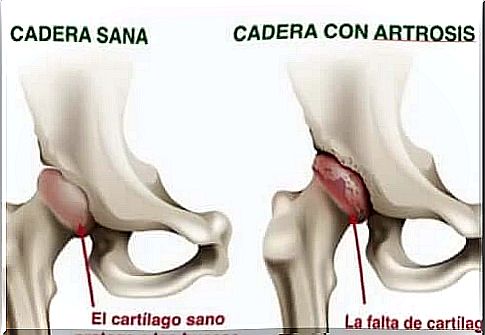
Its cause is unknown, although there are several conditions that favor its emergence. First of all, there is a genetic load,
Limb malformations also predispose to pain, especially in the lower extremities, which support the weight. For this reason, being overweight or obese contributes to straining the hips and knees, increasing the chance of wear and tear on them.
Intense sports can also favor the development of osteoarthritis, especially in the lower extremities. Trauma can also lead to early osteoarthritis, as a fracture can cause the joint to stop fitting properly.
What are the symptoms of hip osteoarthritis?
The most important symptom is pain, which manifests itself in the groin, thighs, inner thighs and even the knees. Pain is usually activity-related and is relieved by rest.
Although this type of pain is called mechanical pain, it is different from inflammatory joint pain. Inflammatory joint pain persists even at rest.
Both hips can be affected, although usually only one or especially one has pain. Another symptom of hip osteoarthritis is loss of movement, which makes daily activities difficult.
Both pain and disability are progressive, although the evolution is different for each person. Lameness is another symptom of hip osteoarthritis. When it affects both joints, it is accompanied by a characteristic balance of the body.
Hip osteoarthritis progresses slowly over the years, depending on your level of activity. Many people can lead normal lives with the help of proper treatment.
Diagnosis of hip osteoarthritis
Diagnosis is made by evaluating the symptoms and their characteristics. In addition, an exploration of the hip joint and its movements is made. In this way, the specialist can assess the degree of existing osteoarthritis.
An x-ray of the hip is taken to confirm the diagnosis and look for typical changes caused by hip osteoarthritis. This allows you to make a prediction about its severity, based on whether the hip is more or less worn out.
Furthermore, there is no direct relationship between the intensity of degeneration and that of symptoms. A badly worn hip can be painless, although it is always stiffer, and vice versa.
Treatment
The main goal of osteoarthritis treatment is to improve pain and functional disability.
pharmacological treatment

Medications are helpful in controlling the pain of osteoarthritis of the hip. Furthermore, they improve the functionality of affected people.
- Analgesics: these are the most used medications. They reduce pain and improve joint stiffness. Certainly, the most common pain reliever is acetaminophen.
- Anti-inflammatory: they are non-steroidal anti-inflammatory, used mainly when the pain is more acute.
- Chondroprotective: are substances that make up the articular cartilage and reduce pain. Glucosamine and chondroitin sulfate are included in this group.
- Intra-articular therapy or infiltrations : Anti-inflammatory substances are administered into the joint. In most cases, glucocorticoids and, more recently, hyaluronic acid are used.
Good habits to prevent hip osteoarthritis
The most effective measure to deal with hip osteoarthritis is the prevention and maintenance of healthy habits :
- Avoid being overweight : weight loss significantly improves the pain associated with osteoarthritis.
- Don’t do repetitive motions.
- Maintain correct postural hygiene.
- Exercise: it must be individualized for each patient and must be performed regularly.
